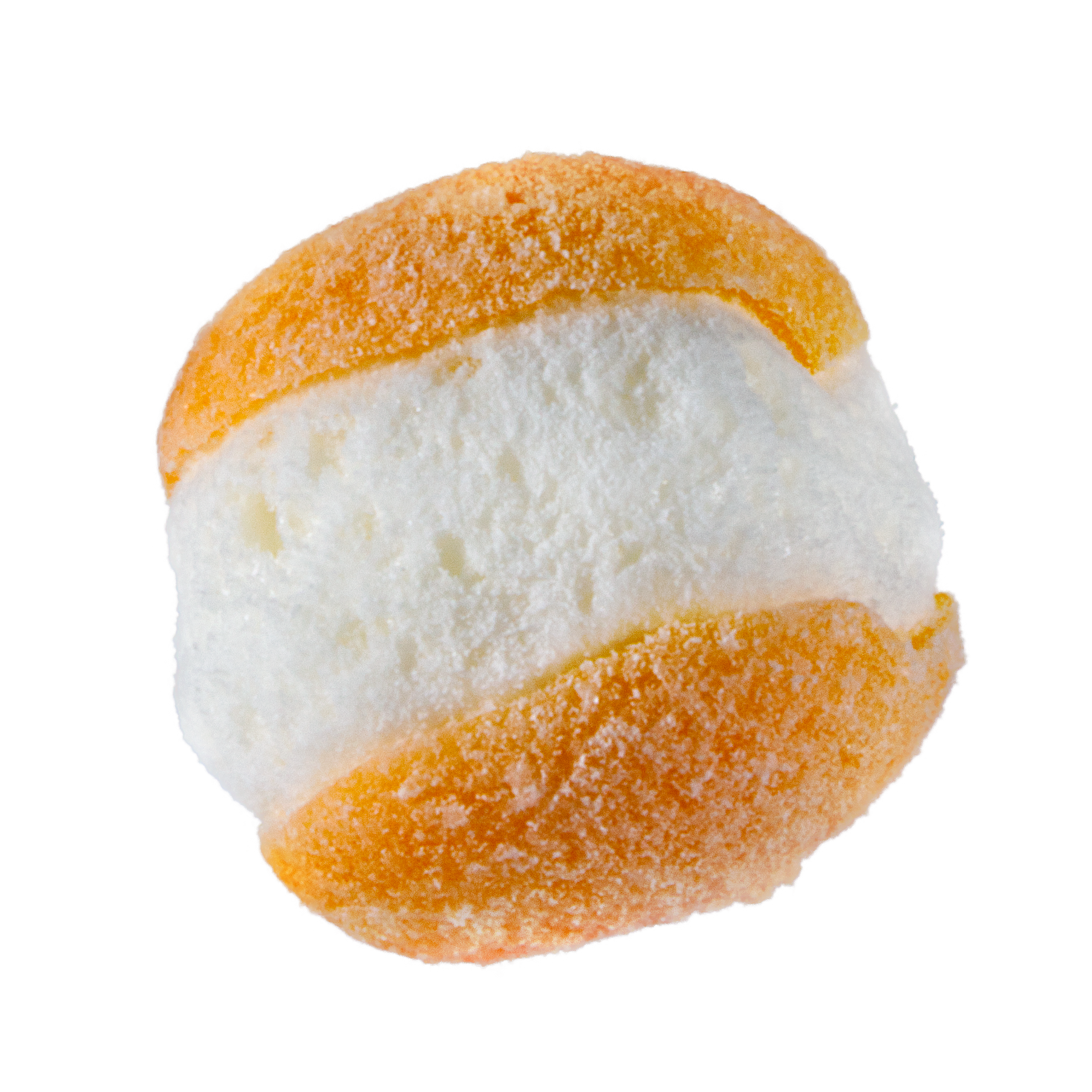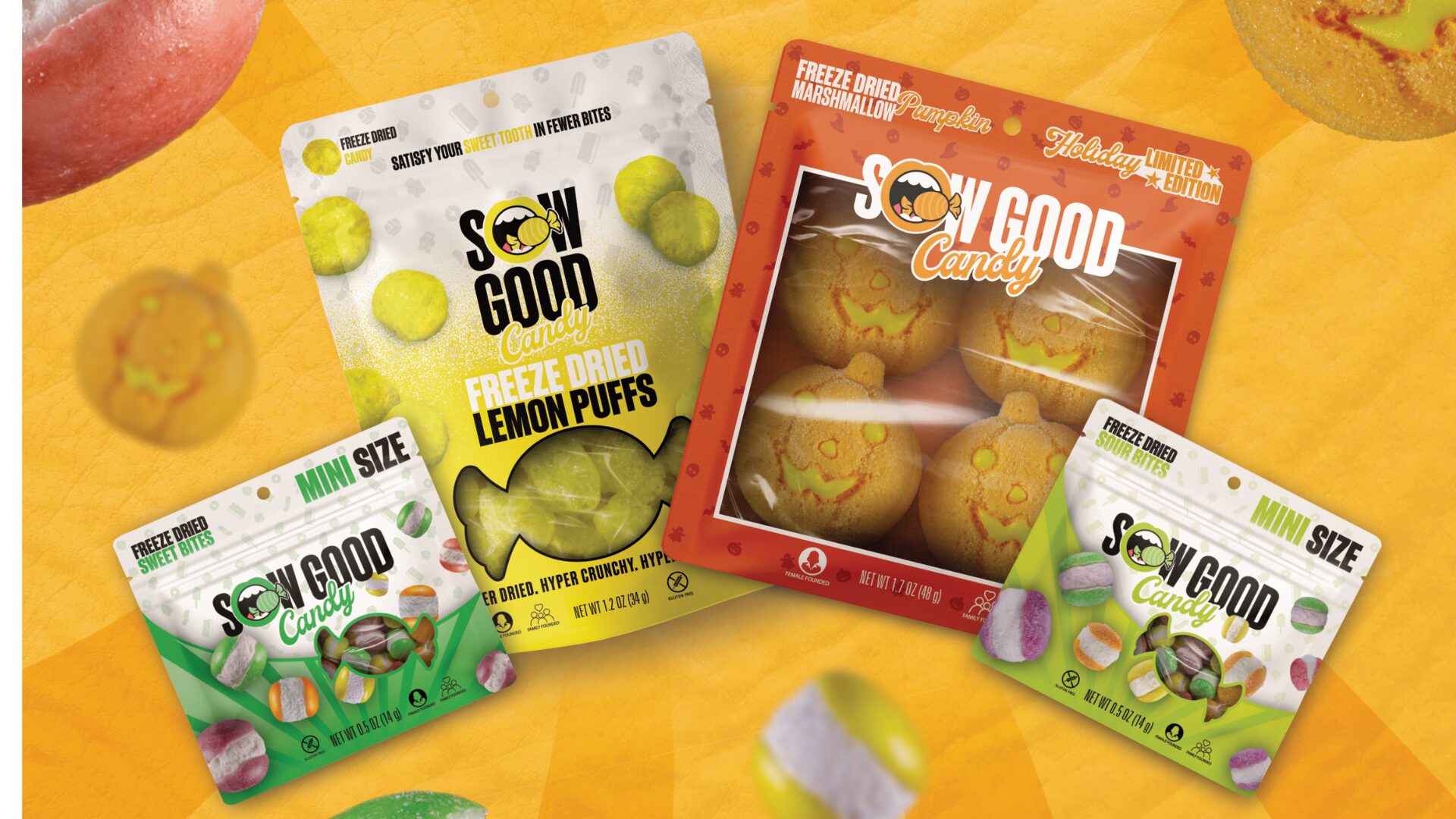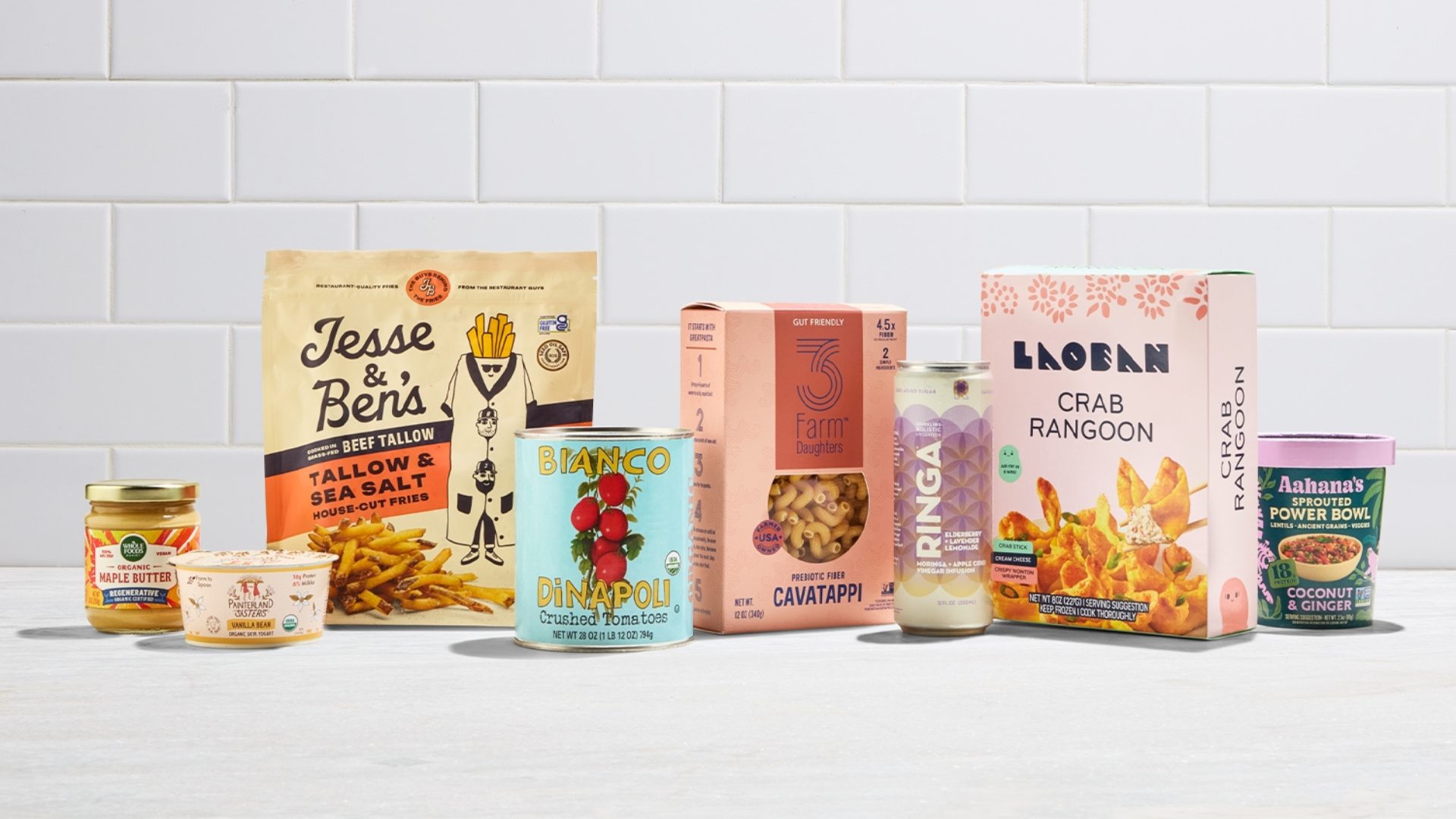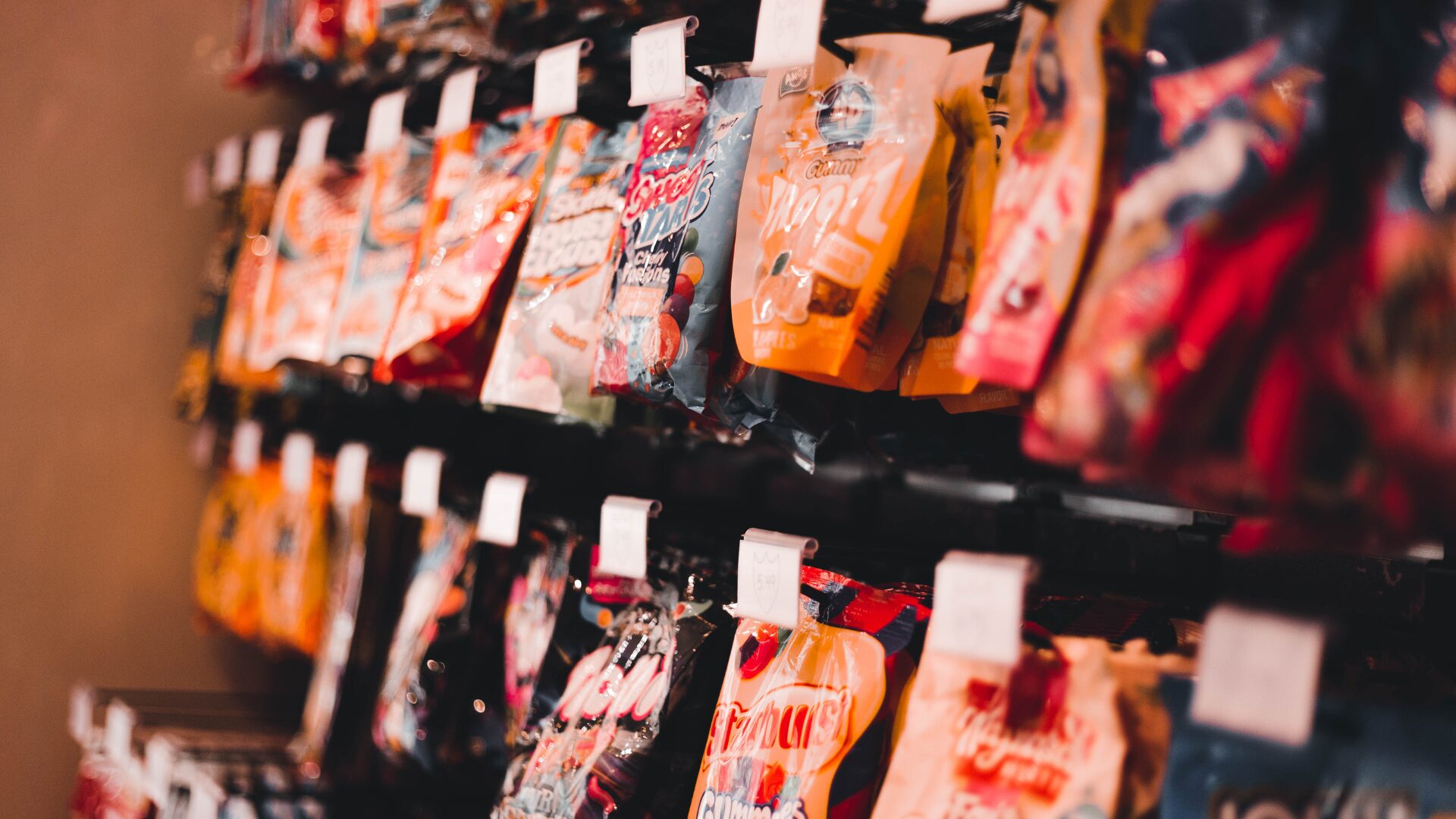Once a shelf-stable staple for astronauts, campers, and soldiers, freeze-dried candy is now carving out its place in the confectionery market.
The National Confectioners Association listed freeze-dried sweets among its “must-watch trends” at this year’s Sweets & Snacks Expo.
So, where did it all begin — and where is it headed?
Out-of-This-World Origins
The first freeze-dried foods were anything but gourmet. Astronauts choked down powders, cubes, and semi-liquids served from aluminum tubes that might as well have been toothpaste.
These foods were not only unappetizing but also difficult to rehydrate and consume without sending clouds of crumbs flying into the costly spacecraft machinery.
In 1971, NASA launched a mission to develop “food that could be reconstituted in 80°F water in 10 minutes or less,” eventually producing a freeze-dried gravy that could rehydrate in five minutes.
In addition, the U.S. military freeze-dried its “Long Range Patrol” (LRP) rations before debuting the modern “Meal, Ready to Eat” (MRE) in the ‘80s.
In 1974, the Colorado-based company American Outdoor Products joined forces with the Ames Research Center in California to launch the world’s first freeze-dried ice cream through its Astronaut Foods brand. Today, the treat is sold at 1,000 retailers worldwide, including the Smithsonian Air & Space Museum gift shop, where it’s the top seller.
But thanks to TikTok, several freeze-dried candy brands are now giving Astronaut Foods a run for its money, including Sow Good, which now boasts 18 SKUs across two product lines.
From Pet Project to Powerhouse
Sow Good founder and CEO Claudia Goldfarb sat down with The Food Institute to discuss the company’s innovative freeze-drying approach.
Long before their candy debut, Goldfarb and her husband focused their freeze-drying efforts on a different category: pet treats. And a decade after selling that business, they began building their own freeze-dryers from the ground up.
“We planned to create machinery but quickly realized our advanced freeze-drying technology could revolutionize everyday products in exciting ways,” Goldfarb said. “This led us to the better-for-you space, but after spotting a huge opportunity in candy, we pivoted to that sector.”
Sow Good’s freeze-dryers achieve 300 microns of vacuum pressure – a stark contrast to the 2,000 microns from most machines. Currently, their most popular freeze-dried candies are:
- Sweet Bites
- Sour Bites
- Crunchy Worms
- Peach Perfect
- Sour Spheres
However, Sow Good recently debuted several new products that are already gaining traction, including a collection of Chamoy candies.
While many of their competitors freeze-dry existing candies in storebought machines for just 7-10 hours, resulting in texture and quality issues, Sow Good develops candies that are totally new and specifically optimized for freeze-drying. They dedicate up to 24 hours to the freeze-drying process.
“This ensures a premium product … enabling Sow Good to create the hyper-crunchy, flavorful freeze-dried products that have become our signature,” Goldfarb explained.
The Future of Freeze-Dried Candy

Orange Bite Freeze-Dried Candy
To Goldfarb, freeze-dried candy is more than a passing TikTok trend.
“Consumers are drawn to the intensified flavor, airy puffiness, and satisfying crunch that freeze-dried candy provides.”
She expects to see an influx of freeze-dried sweets from major brands in the next couple of years.
“Fortunately, we recognized this early and are already far ahead, offering an innovative and diverse assortment that sets us apart from any newcomers,” Goldfarb added.
The Food Institute Podcast
Restaurant results for the second quarter weren’t stellar, but people still need to eat. Are they turning to their refrigerators, or are restaurants still on the menu for consumers? Circana Senior Vice President David Portalatin joined The Food Institute Podcast to discuss the makeup of the current restaurant customer amid a rising trend of home-centricity.











